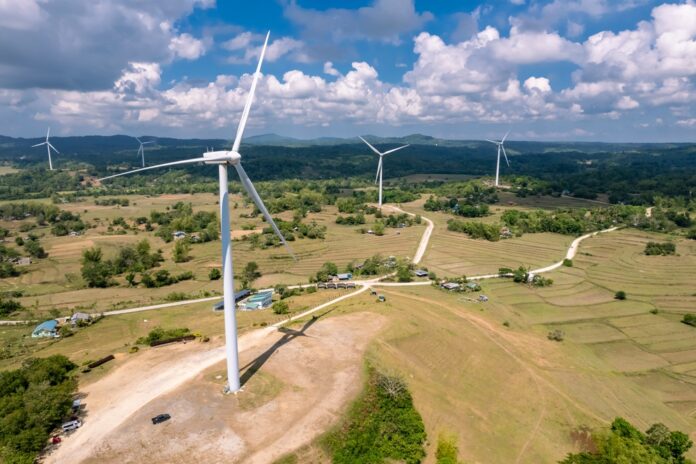The Philippines is seeking United States Agency for International Development (USAID) support for a program identifying areas that are resource rich in terms of renewable energy sources of power.
According to the Department of Energy (DOE), a request for a grant has already been sent to USAID offices seeking support for an updated renewable energy resource map, this time over bodies of water around the country preferably.
Such an updated map, referred to as competitive renewable energy zones or CREZ, is seen boosting the likelihood for the Philippines to attract even more local or foreign renewable energy investors than it already has.
This was learned from Mylene Capongcol, DOE assistant secretary, who told reporters at the sidelines of an energy forum hosted by NIRAS and the Nordic Chamber of Commerce in the Philippines in Pasig City that the agency is keen on a CREZ over bodies of water.“The first CREZ excluded RE technologies that are in bodies of water. Hopefully, the USAID will support the grant. It will include bodies of water including floating solar, offshore wind and possibly wave and tidal,” Capongcol said.
In 2020, the DOE, the National Renewable Energy Laboratory, the National Grid Corporation of the Philippines and USAID came up with a CREZ identifying areas with reduced risk exposure like transmission access, energy curtailment, land permitting and regulatory barriers forcing investors to overcome.
Capongcol said they have yet to meet with USAID to finalize the scope of work and the timeline.
Such a study was launched in 2020 showing Mindanao with the greatest CREZ potential of 408,293 megawatts (MW) followed by Luzon with 360,244 MW and Visayas with 39,333 MW.
The most abundant resource with the biggest potential source was hydroelectric power with 655,034 MW trailed by wind with 93,987 MW, solar with 58,110 MW, biomass with 374 MW and geothermal with 365 MW.
Energy Secretary Raphael Lotilla said while the Philippines fully supports renewable energy development, the hoped for transition to renewable energy power sources entail costs for developing economies like the Philippines.
“The second point is that the transition is not going to be overnight, and therefore we have to prepare for a longer period of transition and therefore, if there are to be additional costs, there should be no transfer of burden (to consumers),” Lotilla said.
The Philippines targets renewable energy share of 35 percent in the power generation mix by 2030 and 50 percent by 2040.
As of end-2022, the total installed on-grid capacity from geothermal, hydro, biomass, solar and wind technologies aggregate 8,264 MW or 29.24 percent of the 28,258 MW total installed on-grid capacity, excluding battery storage and diesel-battery hybrid systems.







